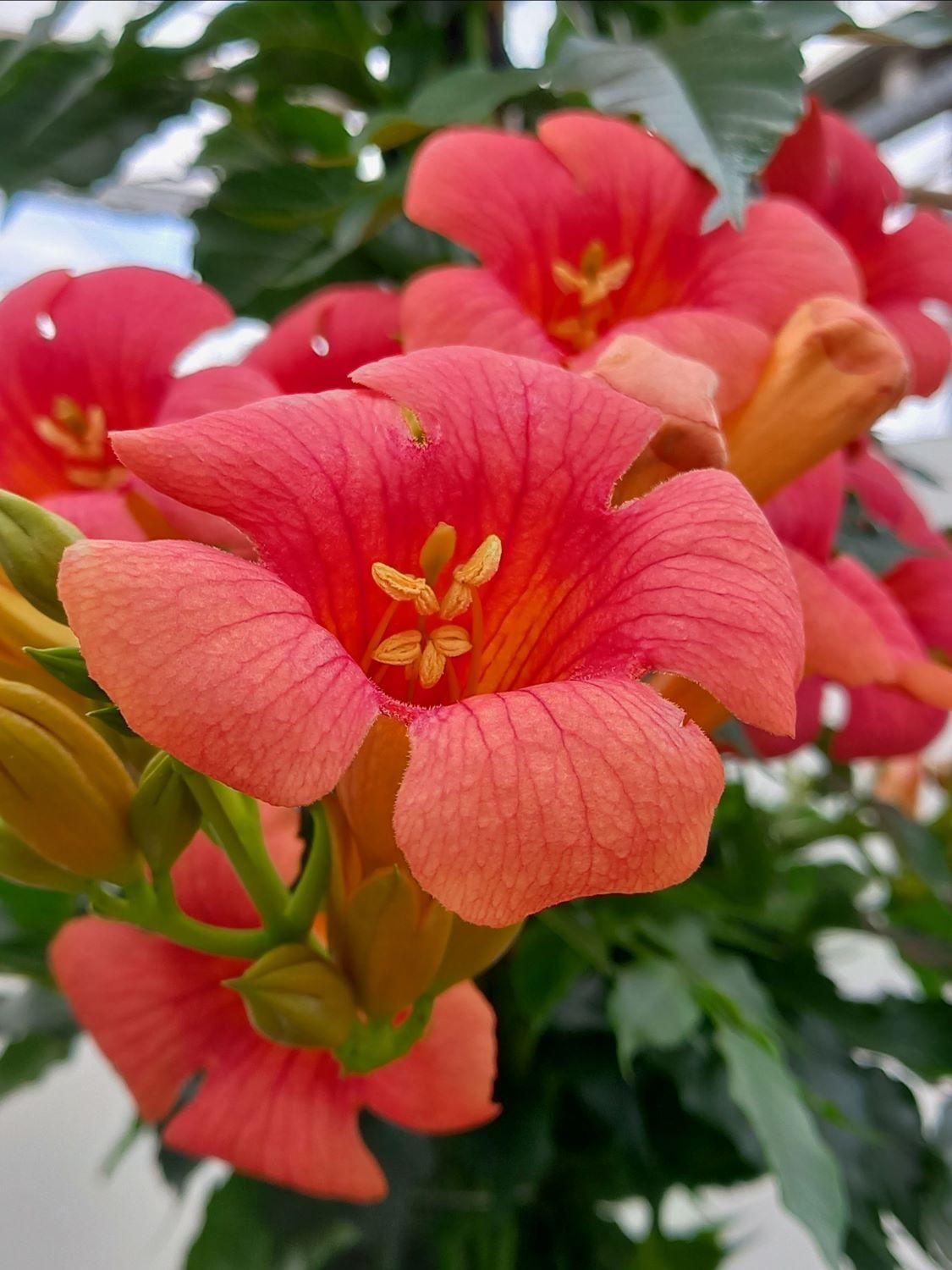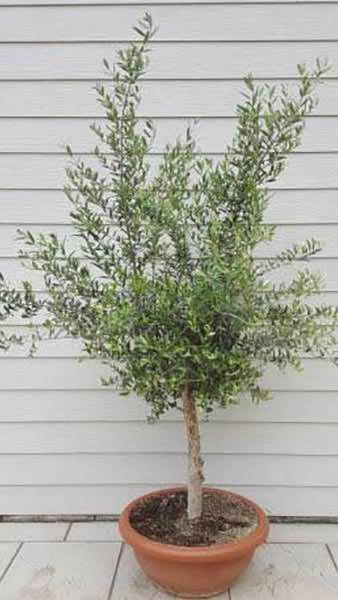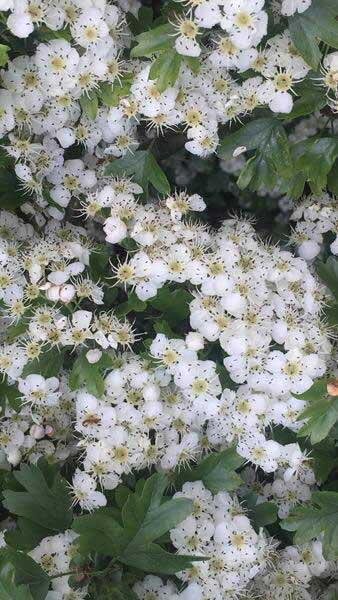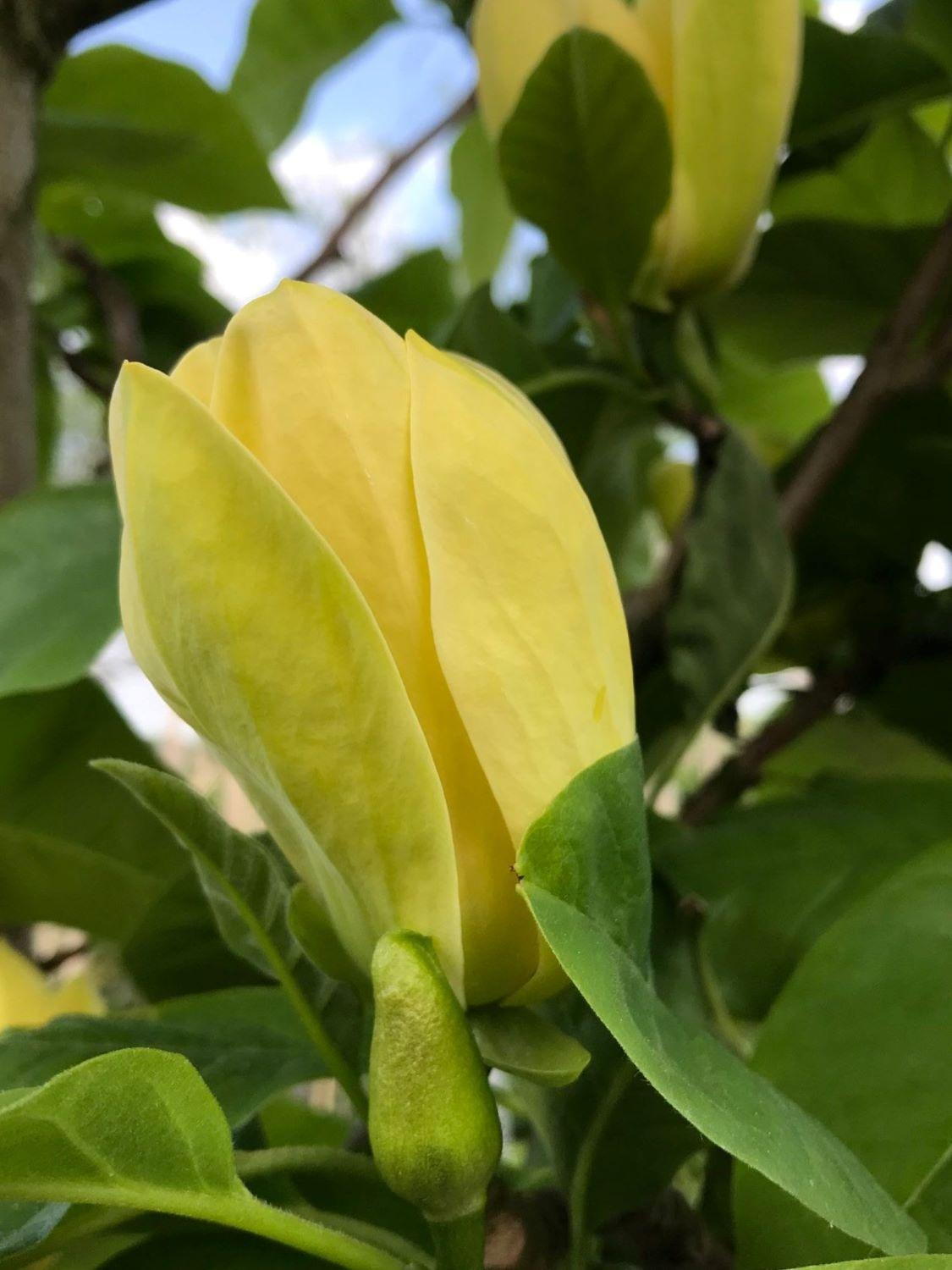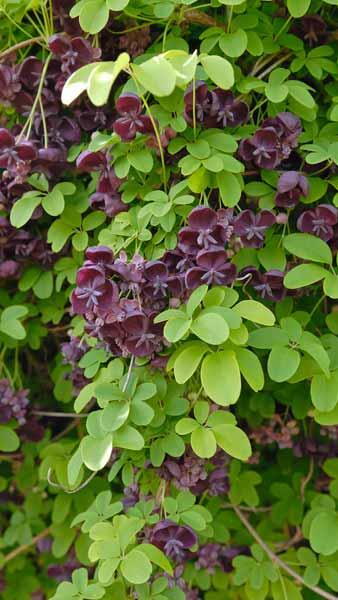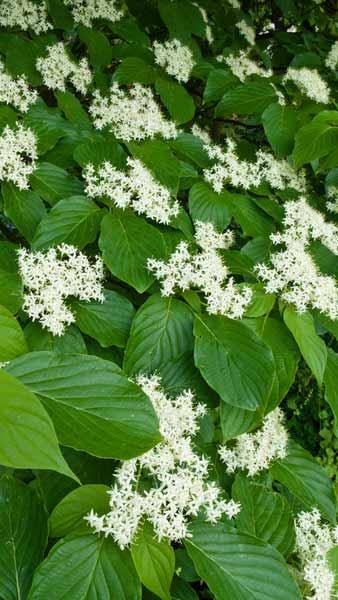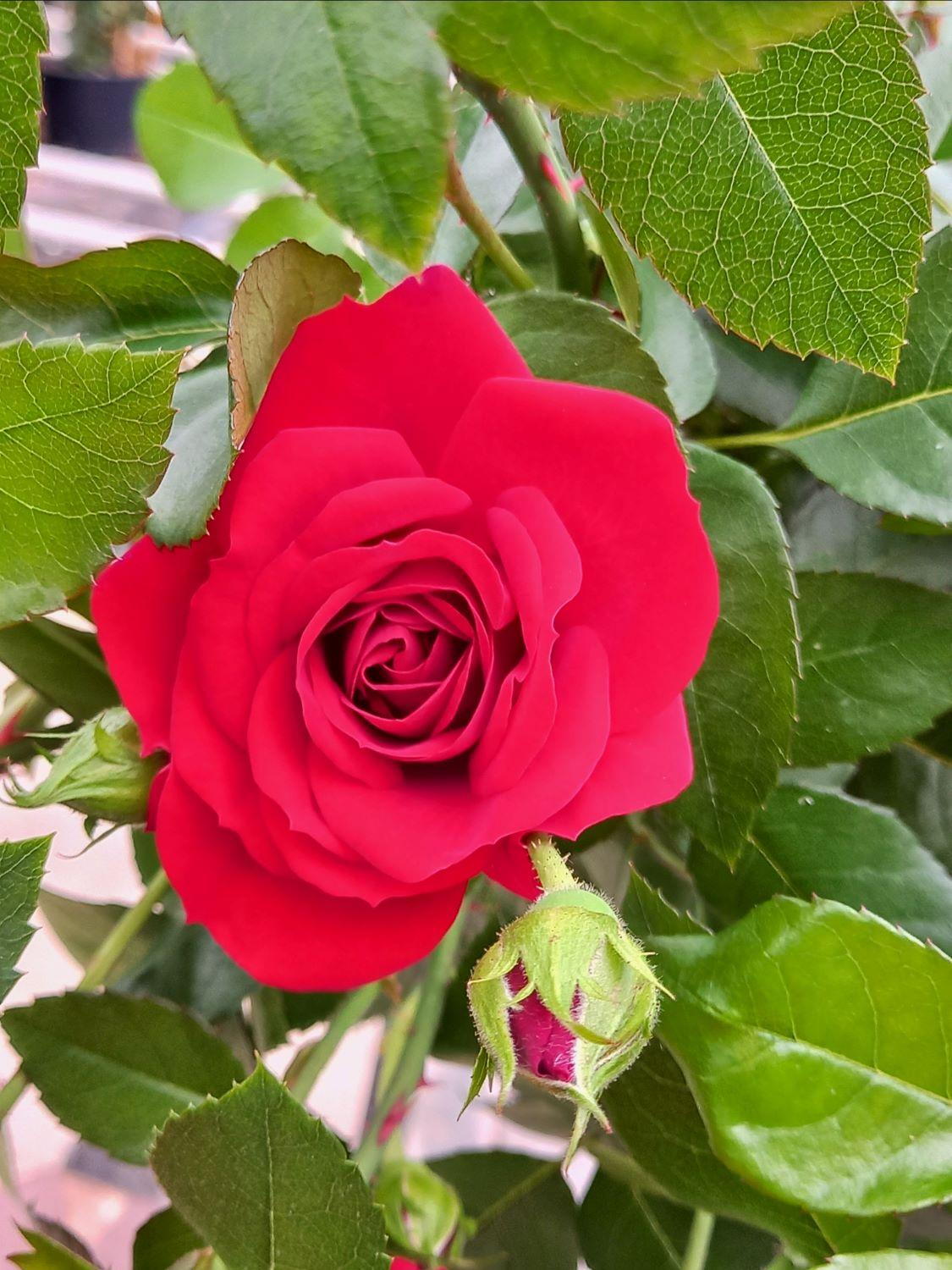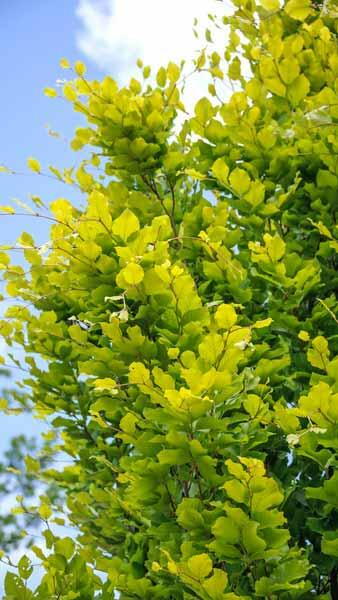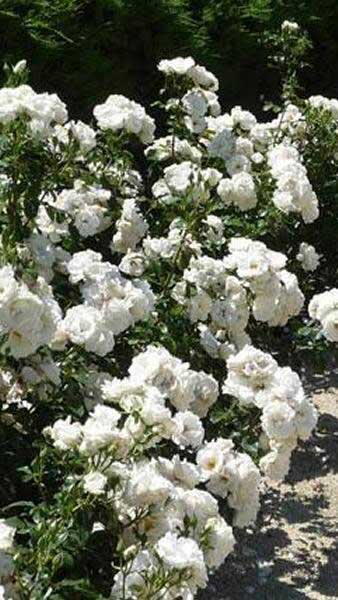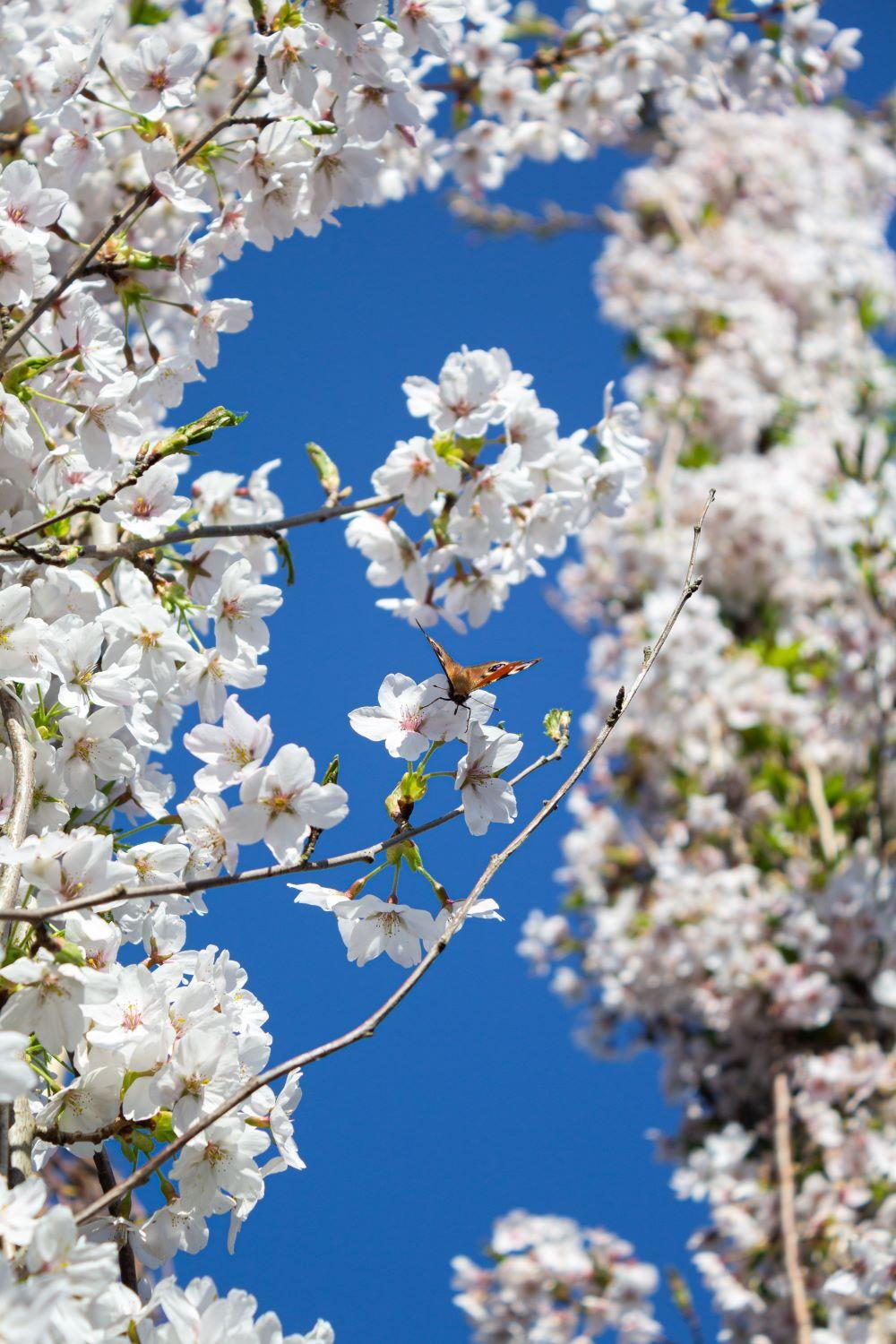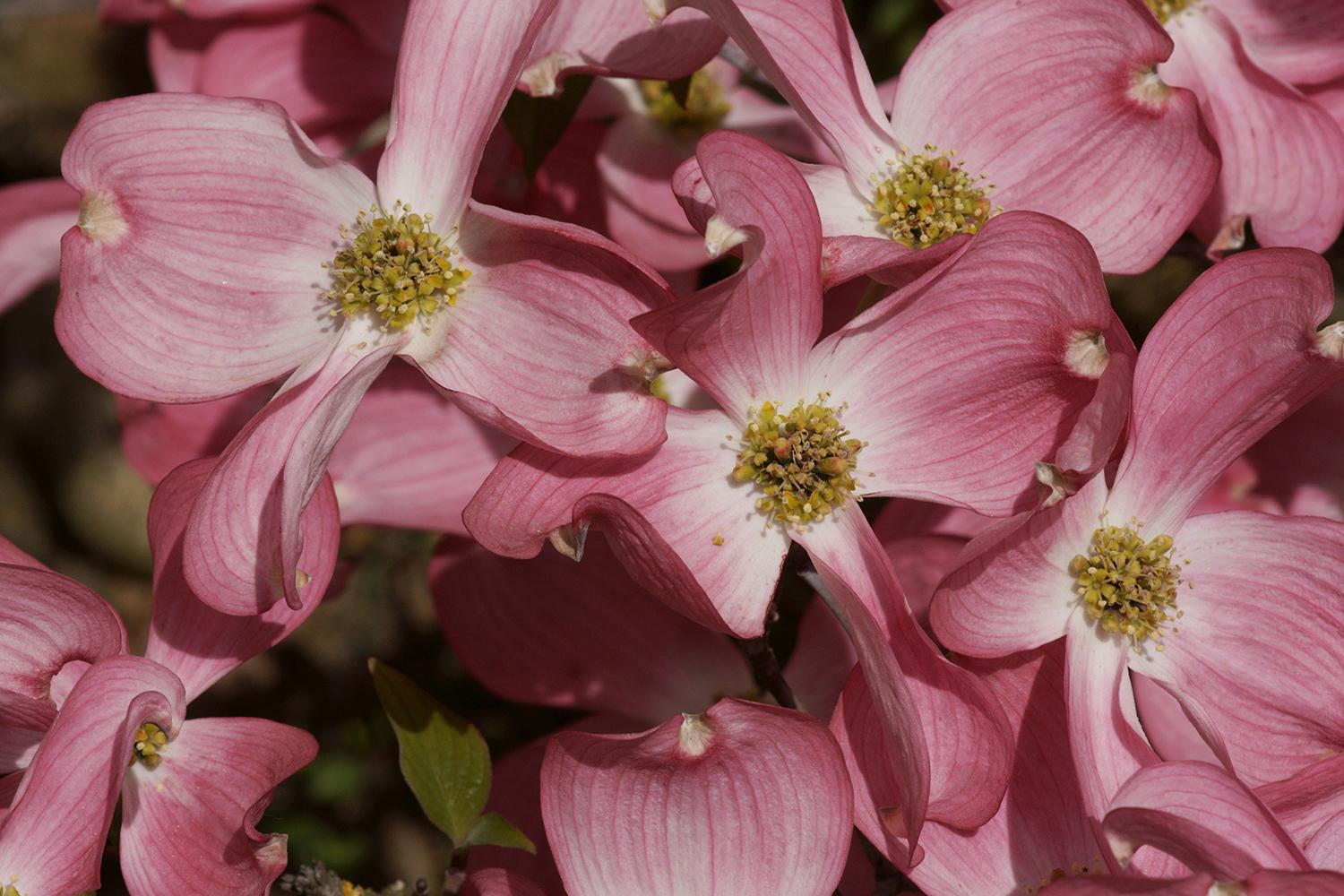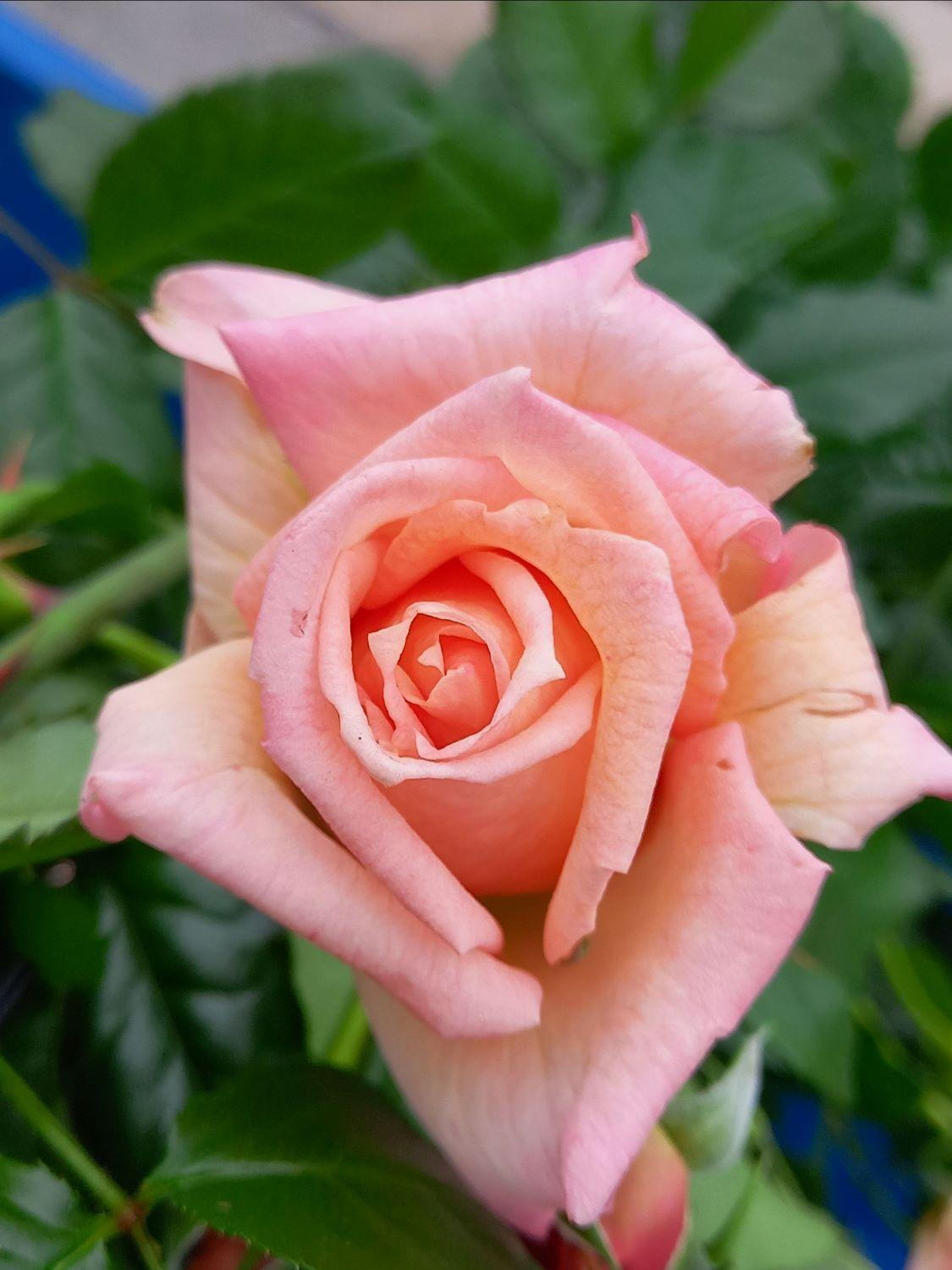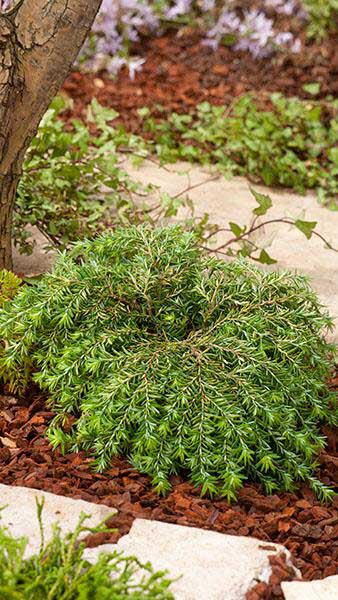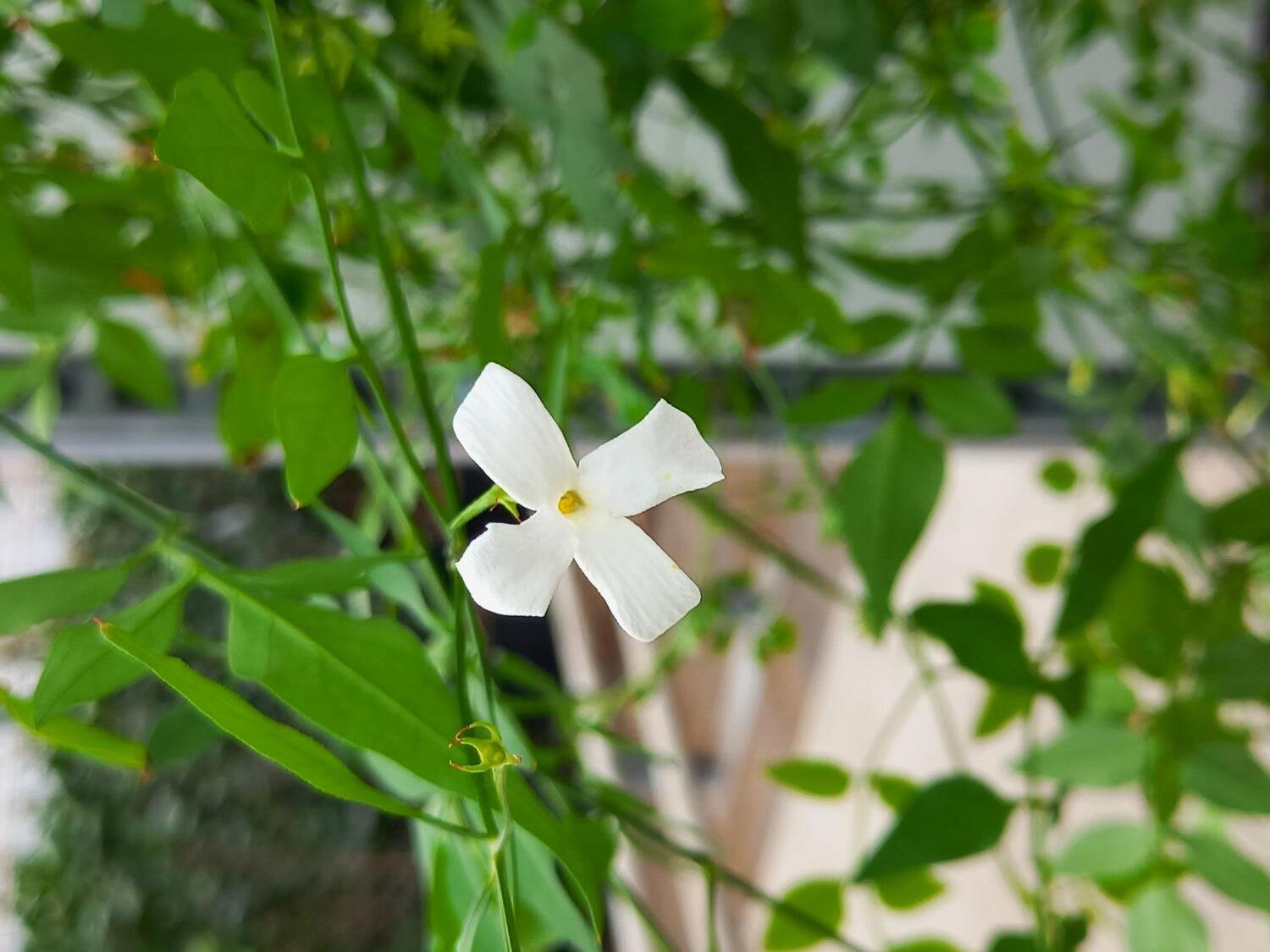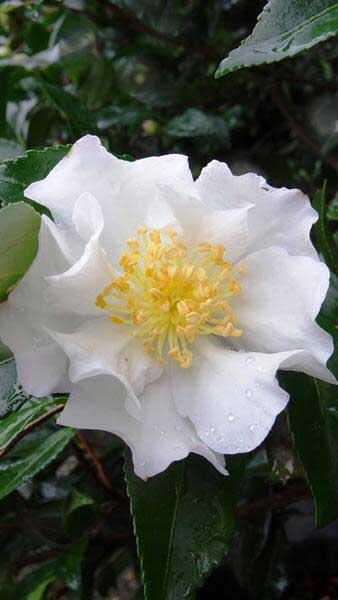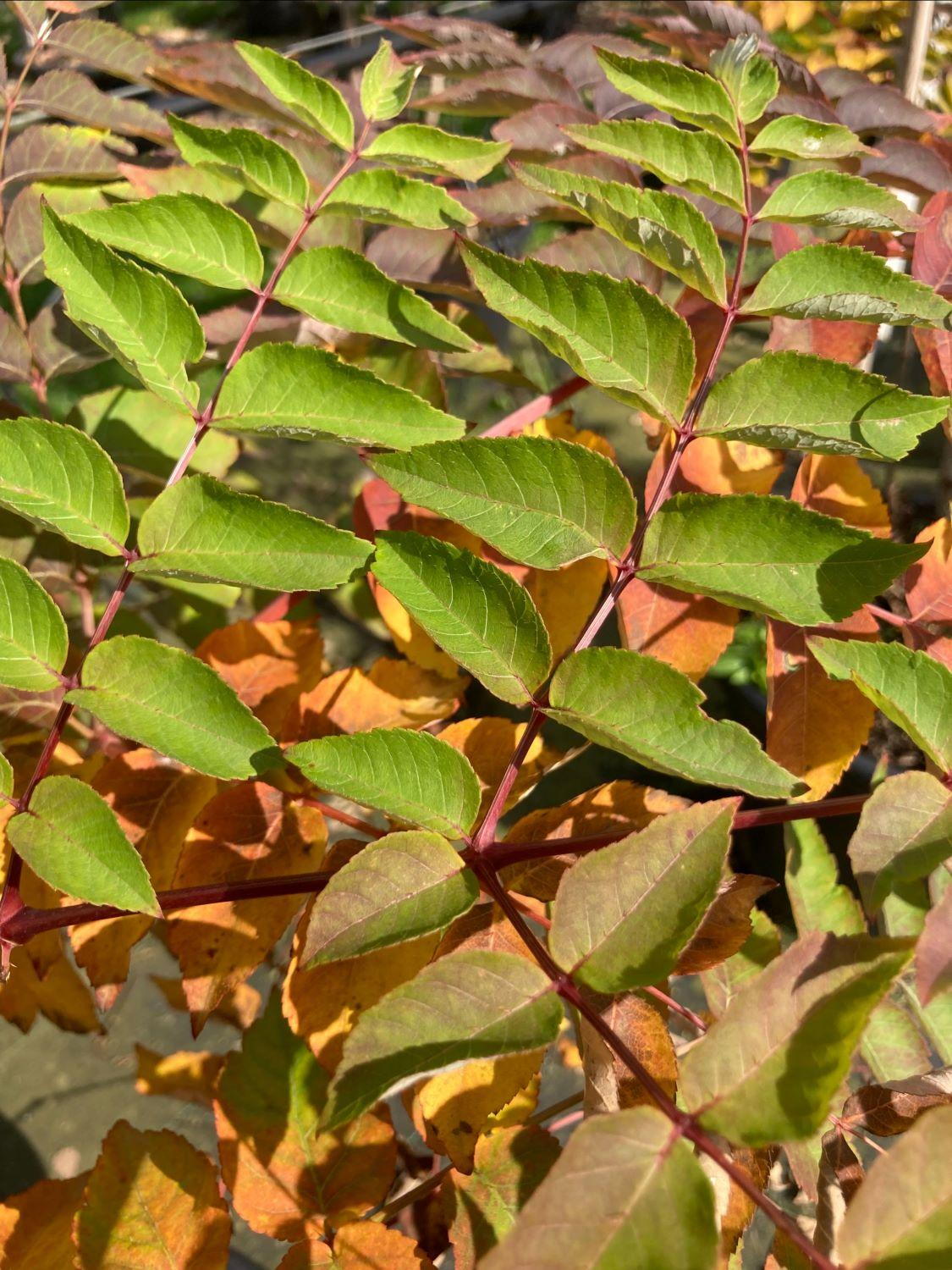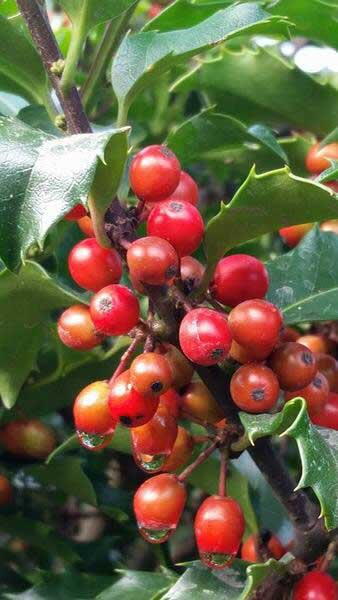Prunus yedoensis or Yoshino Cherry Tree for Sale Online UK
Prunus Yedoensis or the Yoshino Cherry Tree, which has received the RHS Award of Garden Merit, is one of the most popular flowering cherries worldwide, most notable for the stunning springtime display in Washington DC. You can bring that same fragrant beauty to your own garden! Originally from Japan, this hybrid cherry has mysterious beginnings, but it appears to be likely that every Prunus yedoensis is the result of grafting from one original hybrid cross in the 18th or 19th centuries. It has an upright growth habit with a spreading or vase-shaped crown. In April, Yoshino cherry’s single-petalled, fragrant white or slightly pink flowers open, covering the tree in a cloud of white. The flowers are followed by small fruits which change from green to red to black as they ripen. The ripe fruits will attract birds to your garden. At the same time or shortly before the flowers, its ovate, serrated leaves emerge, remaining a dark green before turning yellow and bronze in the autumn.Reliably winter-hardy throughout the UK, Prunus yedoensis will grow fairly quickly over its first 20 years before reaching its eventual height of more than 12 metres and spread of 8 metres in 50 years. It needs little pruning to maintain the graceful shape which adds beauty to your garden even in the winter months.Plant your Prunus yedoensis in any soil type, as long as it is well-drained, with plenty of organic matter added to the planting hole. Yoshino cherry will tolerate a wide ph range. It performs best in full sun, in either an exposed or sheltered location, but it is best to keep it out of very windy spots to keep the blossoms on the trees as long as possible.The Yoshino Cherry Tree is a stunning tree which will bring great value to your garden, whether planted singly as a specimen tree in a small garden, or in groups or rows on a larger property. One tree will be an excellent focal point in a lawn, where its spectacular spring blooms and bright autumn foliage colour will give long-season interest. As a garden planting, it will combine beautifully with spring bulbs while in bloom, and then provide summer shade for patio and garden.On a larger property, there will be few sights as glorious as a grouping of blooming Prunus yedoensis in a sweep of lawn, or lining an avenue or roadway. As we can see from its use in Washington DC, there is no such thing as too many Yoshino cherry trees!With its glorious spring show, the Yoshino Cherry Tree has been a landscaping stalwart across the globe for more than 200 years. It is widely held that the most popular variety of cherry blossom in Japan is the Yoshino Cherry. Its flowers are nearly pure white, tinged with the palest pink, especially near the stem. The flowers bloom and usually fall within a week, before the leaves come out. Therefore, the trees look nearly white from top to bottom.

